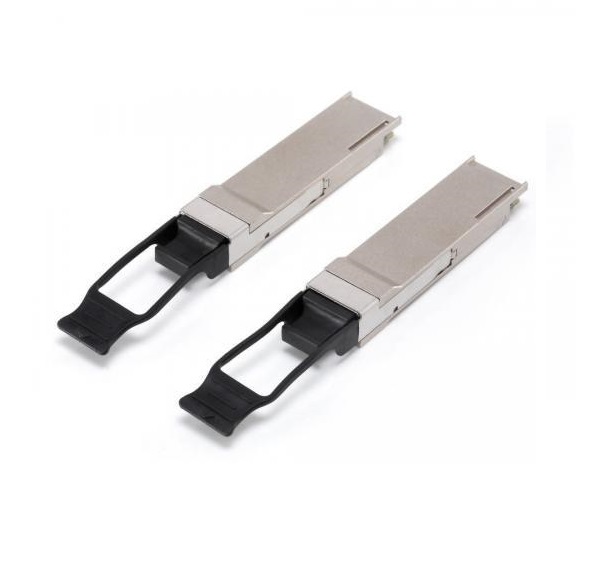- Sales SupportContact Sales
- Call us at: +(86) 15211074652
- Send us a email at: info@zr-fibercable.com
QSFP28 PAM4: A Solution for Extending 100G/400G Signals
QSFP28 PAM4 (Quad Small Form-factor Pluggable 28 with Pulse Amplitude Modulation 4) is an advanced optical transceiver technology that enables the extension of 100G/400G signals over longer distances. In this article, we will explore the concept of QSFP28 PAM4, its benefits, and its applications in extending high-speed signals. Let's dive in:
Introduction to QSFP28 PAM4:
QSFP28 PAM4 is a high-speed optical transceiver technology that utilizes Pulse Amplitude Modulation with four amplitude levels (PAM4) signaling. It is specifically designed to extend the reach of 100G and 400G signals over fiber optic networks. The QSFP28 form factor is widely adopted in data centers and telecommunications networks for its compact size and high performance.
PAM4 Signaling:
PAM4 signaling is a modulation technique that utilizes four different voltage levels to represent digital information. Unlike traditional binary signaling (PAM2) that uses two voltage levels, PAM4 increases the data transmission capacity by encoding two bits of information per symbol. This allows for higher data rates without requiring significant increases in bandwidth or fiber count.
Benefits of QSFP28 PAM4:
3.1. Increased Data Rates: QSFP28 PAM4 enables the transmission of 100G and 400G signals, providing significantly higher data rates compared to previous generations of optical transceivers. This is crucial for meeting the ever-increasing bandwidth demands of modern applications and services.
3.2. Extended Signal Reach: One of the key advantages of QSFP28 PAM4 is its ability to extend the reach of high-speed signals over fiber optic networks. By leveraging advanced modulation techniques and forward error correction (FEC), it allows for reliable transmission over longer distances, reducing the need for signal regeneration or additional equipment.

3.3. Cost-Effective Solution: QSFP28 PAM4 offers a cost-effective solution for upgrading existing networks to support higher data rates. By utilizing the same QSFP28 form factor and existing fiber infrastructure, organizations can enhance their network capacity without significant infrastructure overhauls or investments.
Applications of QSFP28 PAM4:
4.1. Data Centers: Data centers require high-speed and long-reach connectivity to support the massive amounts of data processed and transmitted within their infrastructure. QSFP28 PAM4 technology allows data center operators to extend 100G and 400G signals over the existing fiber optic infrastructure, enabling seamless connectivity between switches, routers, servers, and storage systems.
4.2. Telecommunications: Telecommunication networks, including service provider networks and carrier networks, are constantly evolving to support increasing bandwidth demands. QSFP28 PAM4 provides a cost-effective solution for extending high-speed signals over longer distances, facilitating the delivery of high-bandwidth services to customers and supporting next-generation network requirements.
4.3. Enterprise Networks: Large enterprises with distributed locations often require high-speed connections for efficient communication and data transfer. QSFP28 PAM4 enables organizations to extend high-speed signals over fiber optic links, connecting various sites and ensuring fast and reliable data transmission.
4.4. Cloud Computing: Cloud service providers heavily rely on high-speed and long-reach connectivity to deliver their services. QSFP28 PAM4 technology plays a crucial role in enabling the expansion of cloud data centers and interconnecting them with reliable and high-performance networking infrastructure.
Deployment Considerations:
5.1. Fiber Optic Infrastructure: QSFP28 PAM4 technology relies on existing fiber optic infrastructure for signal transmission. It is essential to ensure the compatibility of the fiber optic cables, connectors, and patch cords with the QSFP28 PAM4 transceivers to achieve optimal performance.
You might be interested in
We use cookies to ensure that we give you the best experience on our website. By clicking on "Accept" or continuing to use this site, you agree to our use of cookies in accordance with our Cookie Policy .You can refuse the use of cookies here.
Accept

